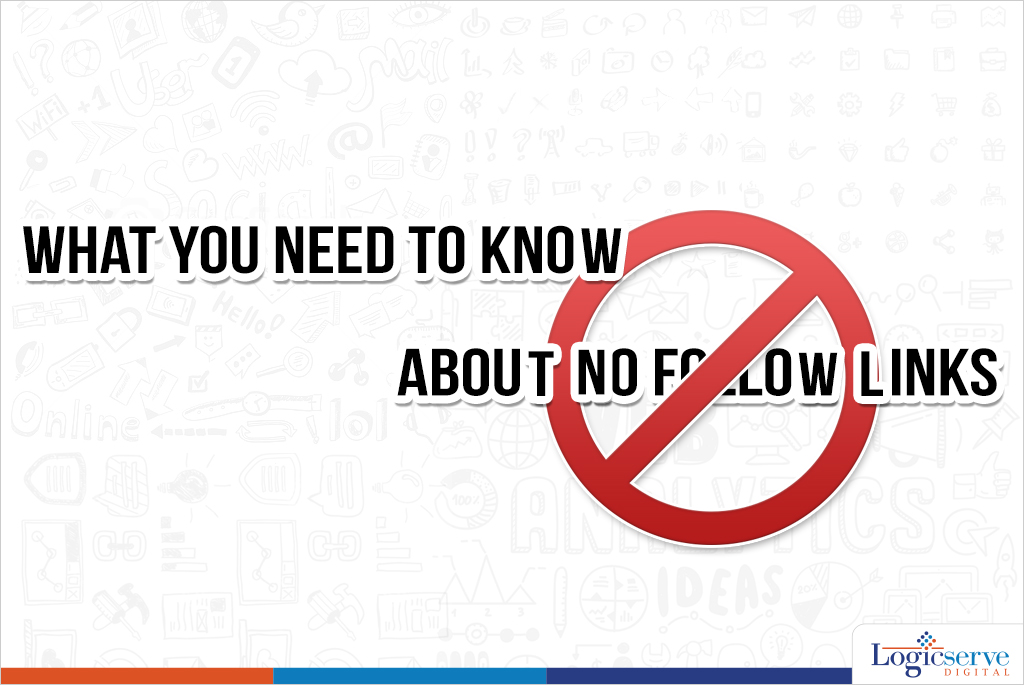
Whatever other gods may or may not strike terror in the hearts of webmasters and SEO professionals, Google’s webmaster guidelines are treated with the sort of reverence that is usually reserved for stuff written in old religious texts.
The meaning and role of Google’s rel=”nofollow” attribute is pretty important as it has to do with Google’s all-important PageRank algorithm. Manipulating PageRank is a big no-no in the Googleverse and a big violation of Google’s quality guidelines.
PageRank Matters
This might be known but worth repeating. Google assigns a PageRank to every page based on hundreds of factors and one of them is in-bound links — the more in-bound links point to a website, the better its PageRank. Well, inevitably this created a scope for manipulating the PageRank of a website by creating many artificial in-bound links to a site in a process called ‘link spamming’ resorted to by ‘black hat’ SEO professionals.
For example, you might post a ton of comments on blogs where you post a link to a particular site and if every such instance of a link were to add link juice to the site, then Google’s PageRank metric would get fairly manipulated by unscrupulous folks in a wrong manner. Hence, Google introduced the rel=nofollow attribute which has syntax as shown below.
<a href=”https://www.mysite.com/”rel=”nofollow”>my site</a>
So, to ensure the integrity of the PageRank metric, Google Webmaster guidelines suggest the use of the rel=nofollow attribute in certain cases. These include:
- Untrusted content — When you link to a web page whose content you don’t want to vouch for. These might include when users post comments on blog posts with a link to their site. Once you use nofollow, spammers will hopefully get discouraged as they will stop benefiting from their comments once their comments are all nofollow-ed. Once Wikipedia suffered from this problem of people posting links in Wikipedia references just to get PageRank, they made all their reference links nofollow. This was a broad brush solution which probably should be more nuanced such as letting trusted Wikipedia editors post links that are dofollow rather than nofollow.
- Paid links — When you are posting links on your sites as part of a paid scheme, then you should specify that it’s a paid link so that Google’s ranking algorithm does not get manipulated in an unfair manner. It makes sense to use rel=nofollow in such cases.
- Log in pages — There is no point in having Google crawl a log-in page or registration page on your website. Hence, it makes sense to use rel=nofollow for those pages. This way of controlling precisely where your link juice flows inside the website is an instance of PageRank sculpting.
Those who indulge in link spamming run the risk of incurring the wrath of the Google god and once Google decides to punish a site indulging in unethical practices, Google might well remove such a site from its index. So, webmasters beware!!
Links in Comments
Since a lot of spam happened in the old days in the comments sections, a blogging platform such as WordPress now automatically turns every link in the comments into a nofollow link. But of course if you do comment moderation on your blog, you can choose to make comments dofollow links if you know that the people who post comments are themselves experts who link to meaningful stuff.
To see whether rel=nofollow has been used on a webpage and where, you can opt for any of a bunch of plugins available for different browsers like Firefox and Chrome. Also, you can just go to HTML page by right-clicking on any web page and then choosing “view source” where you can use CTRL + F to find “nofollow.”
Use Nofollow Wisely and Sparingly
Of course, there is no need to go overboard with the nofollow attribute and make every outbound link on your site a rel=nofollow link. You might think you are preserving link juice by doing this but there’s going to be a really small PR benefit, if any to your site by doing this. Instead, you should only use rel=nofollow when you are not sure of the quality of the site you are linking to.
Just as you would love to get an inbound link from the
New York Times or the BBC, you should not hesitate to have dofollow links to those domains when there is a relevant link.
So, obsessing over PageRank sculpting is a waste of time to a great extent. Instead of worrying about nofollowing unimportant internal pages and external links just to consolidate PageRank, you should give more attention to getting other good quality websites to link to your site so that your PR gets a boost.
Like Matt Cutts of Google has put it, it’s like the difference between spending $100 that you have wisely versus working on getting $300. Rather than focusing on spending the $100 wisely, most people might wish to focus on earning $300.
So, the way to be sensible in using the rel=nofollow attribute is to use it when not using it might mean violating Google’s webmaster guidelines but not to go overboard and nofollow every link on your page.
Previous Post:
Sales Copywriting for your Brand’s Social Media Profiles
 Whatever other gods may or may not strike terror in the hearts of webmasters and SEO professionals, Google’s webmaster guidelines are treated with the sort of reverence that is usually reserved for stuff written in old religious texts.
The meaning and role of Google’s rel=”nofollow” attribute is pretty important as it has to do with Google’s all-important PageRank algorithm. Manipulating PageRank is a big no-no in the Googleverse and a big violation of Google’s quality guidelines.
Whatever other gods may or may not strike terror in the hearts of webmasters and SEO professionals, Google’s webmaster guidelines are treated with the sort of reverence that is usually reserved for stuff written in old religious texts.
The meaning and role of Google’s rel=”nofollow” attribute is pretty important as it has to do with Google’s all-important PageRank algorithm. Manipulating PageRank is a big no-no in the Googleverse and a big violation of Google’s quality guidelines.




